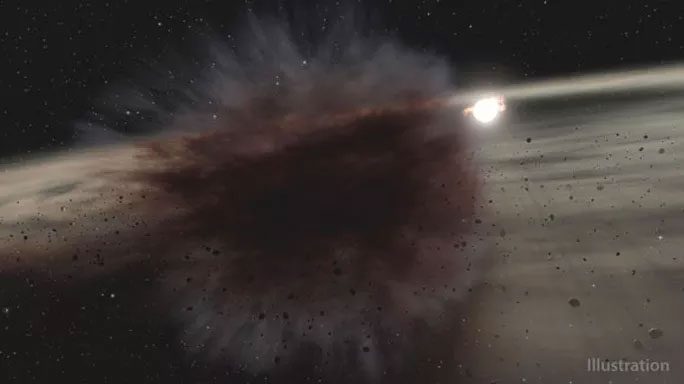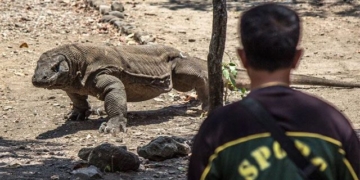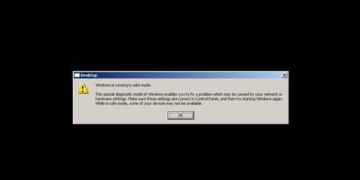An extraterrestrial object, resembling a dim and chaotic ghost, has come into view of NASA’s Spitzer Space Telescope, providing surprising data that may help humanity glimpse into the past.
A team of scientists led by Dr. George Rieke from the Steward Observatory and the Lunar and Planetary Laboratory at the University of Arizona has been studying the “cosmic ghost” and has published unexpected findings.
According to the research, the publication Sci-News reports that its nature is that of a young star, only 10 million years old, named HD166191.

The cosmic ghost is actually a star system consisting of a large cloud of dust obscuring a young star that is just 10 million years old – (Image: NASA/JPL Caltech).
The entity creating the “ghost” that surrounds the star is the remnants of a collision of “planetary seeds” – the first-generation planets of a star system, formed only to collide and shatter, after which the debris coalesces into actual planets.
Currently, the debris from these planetary seeds is still forming a large dust cloud, and during Spitzer’s observations, it passed in front of the star, creating an image resembling a dim, indistinct ghost.
To generate such a large dust cloud, the planetary seeds involved in the collision must be quite large, comparable to dwarf planets like Vesta in our Solar System.
Dr. Kate Su from the Steward Observatory at the University of Arizona, a member of the research team, stated that examining the aforementioned young star system is akin to looking back at the history of our own Solar System, helping us understand how rocky planets like Earth came into existence.





















































